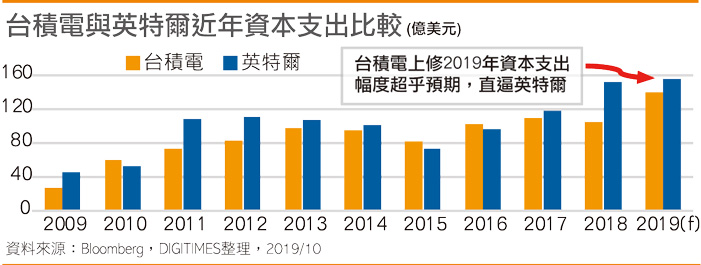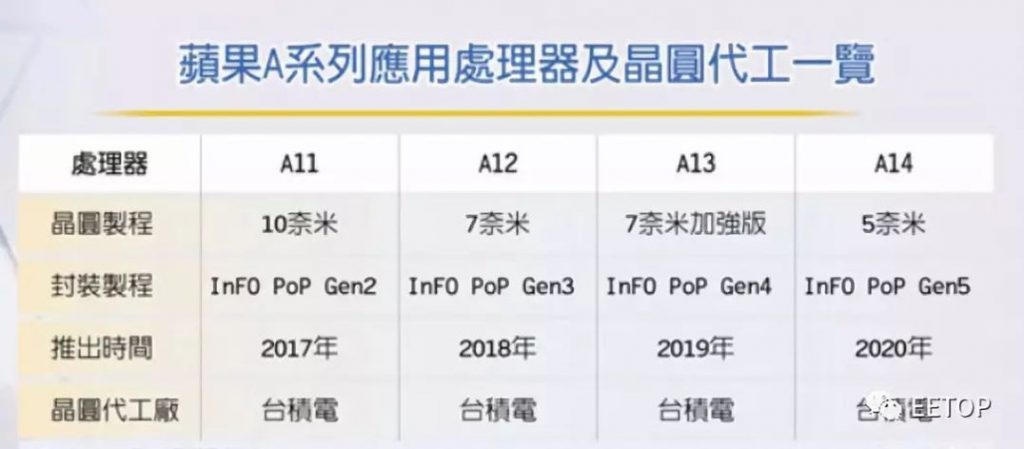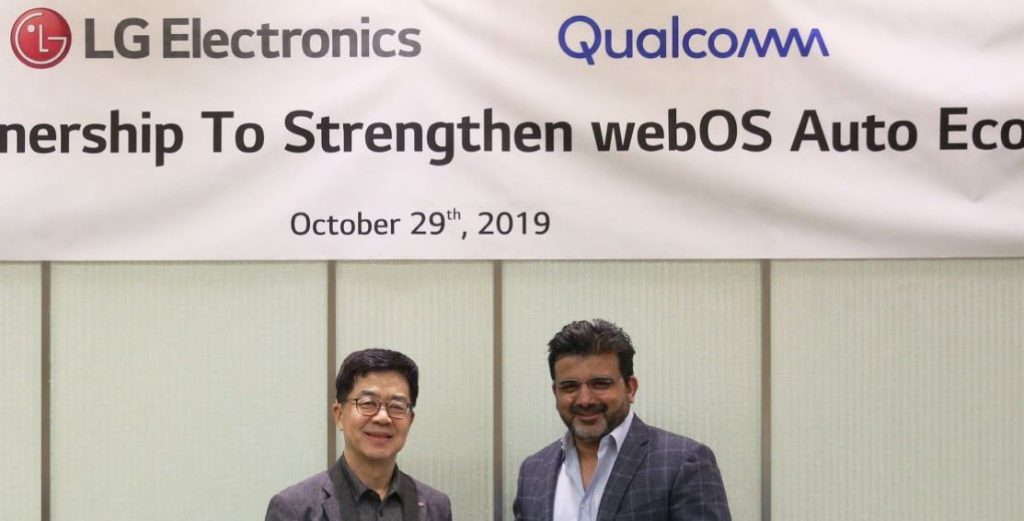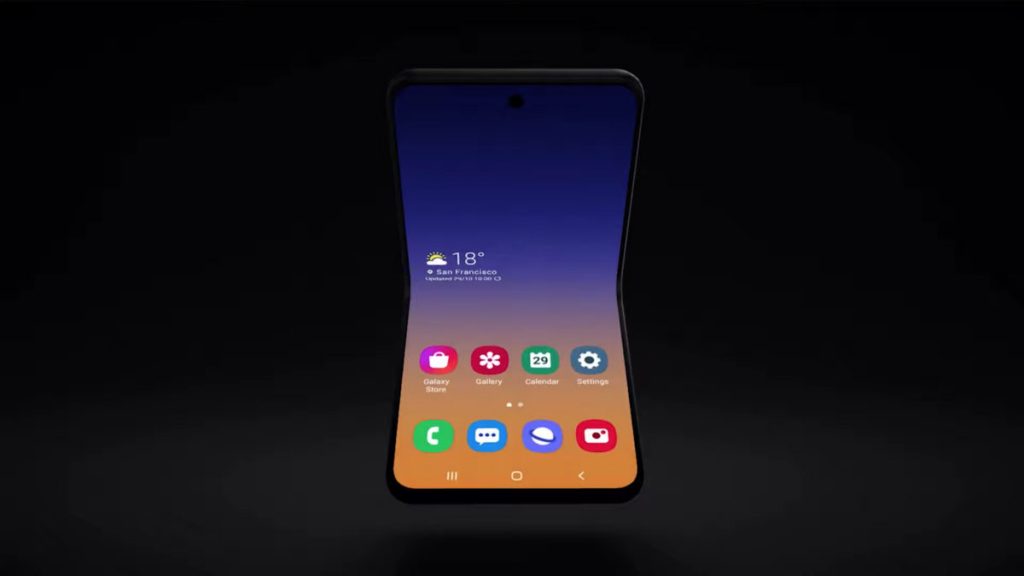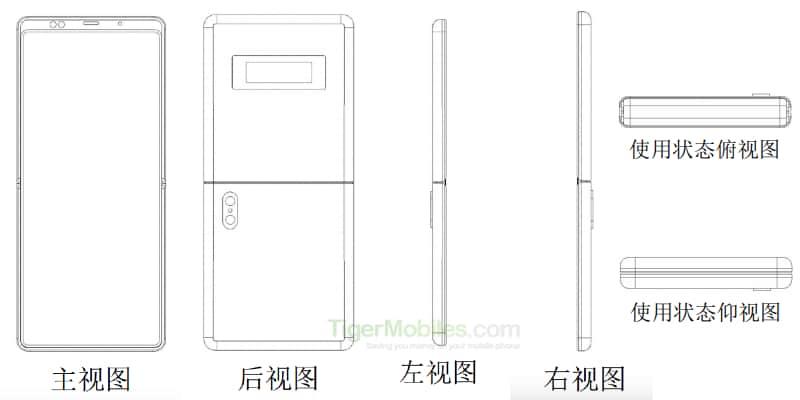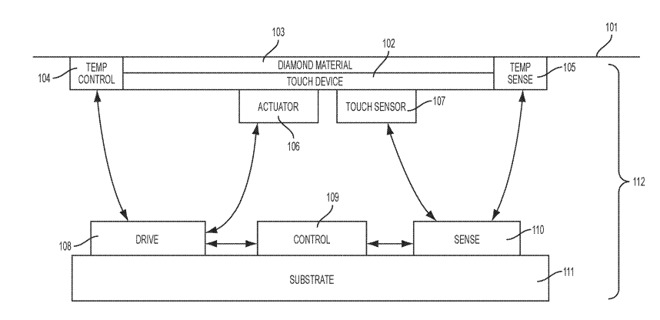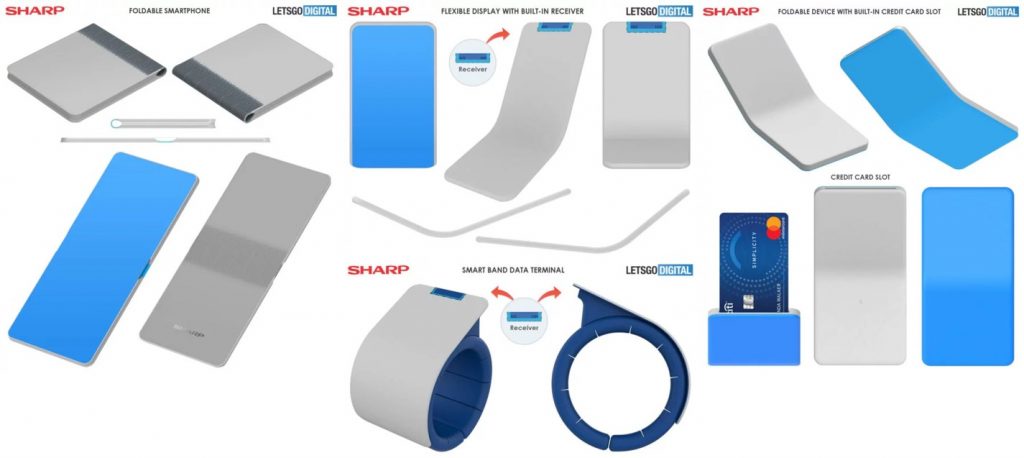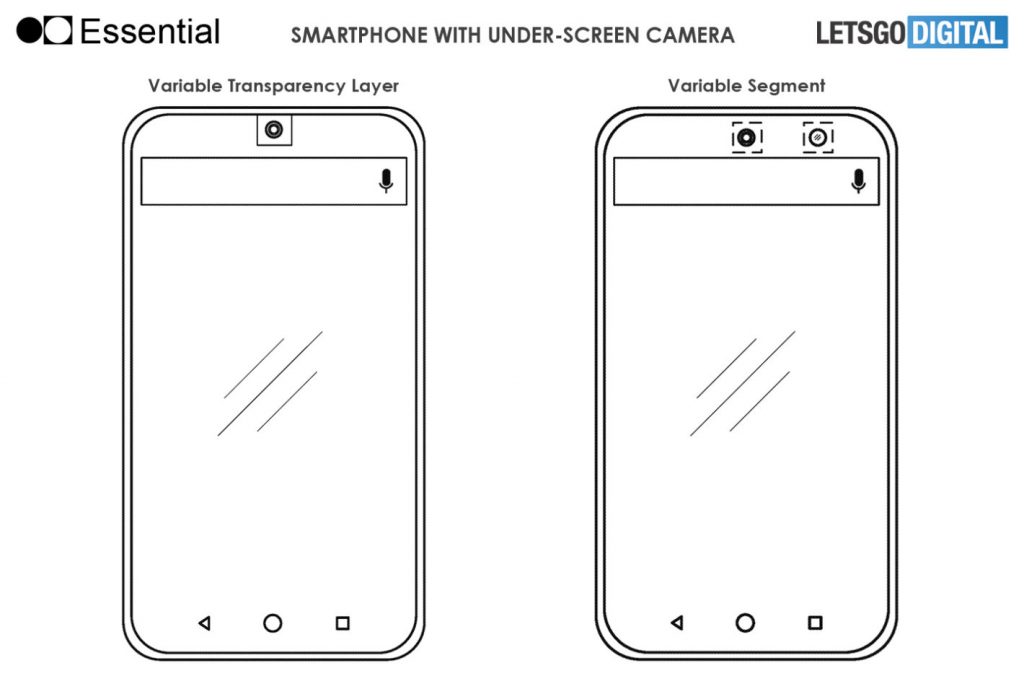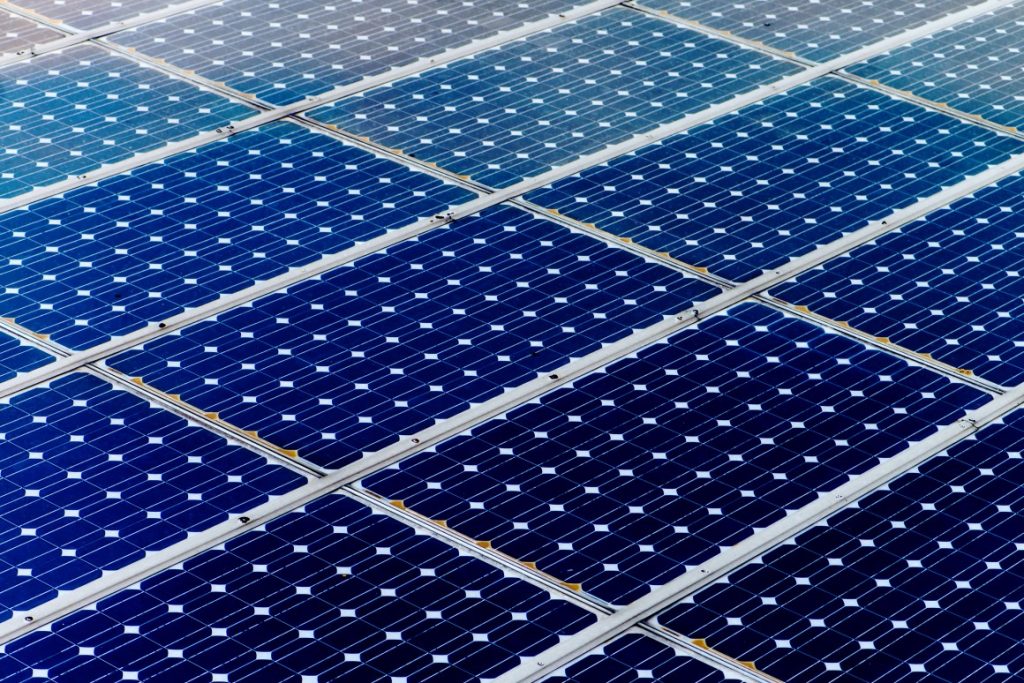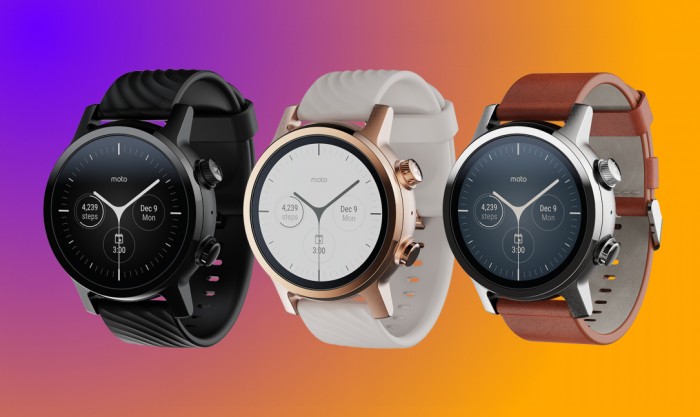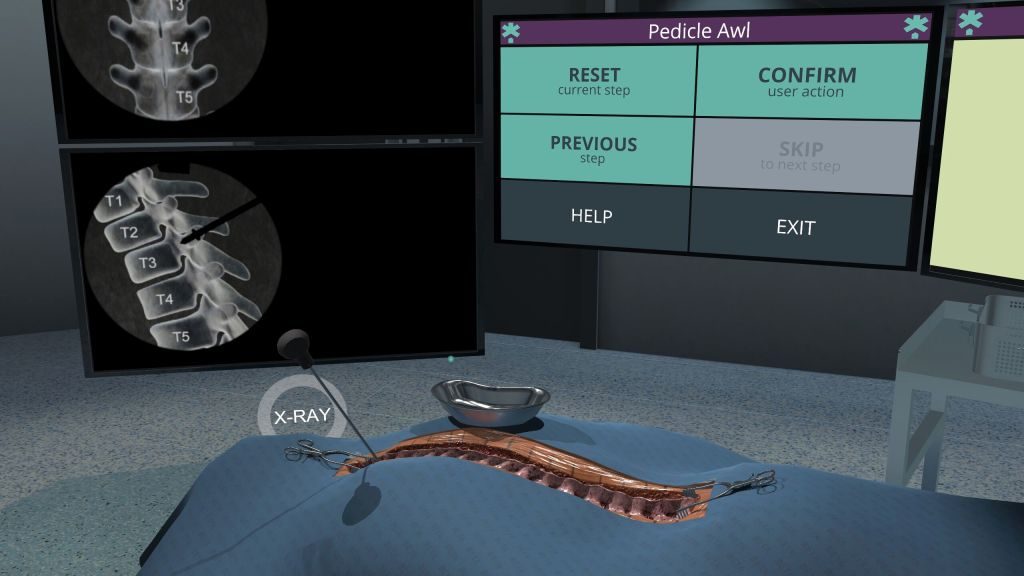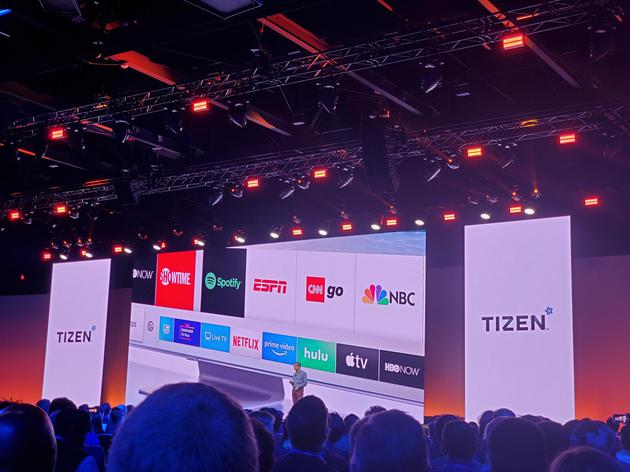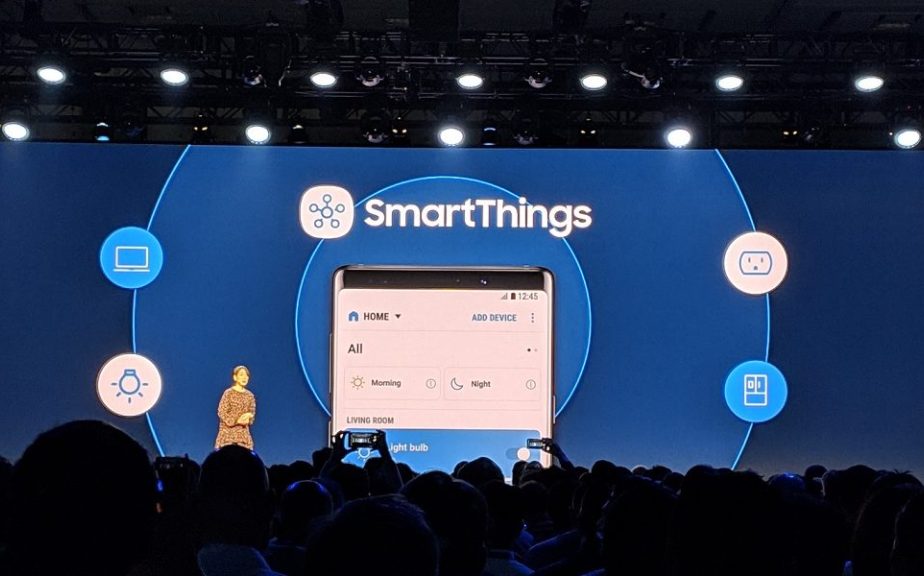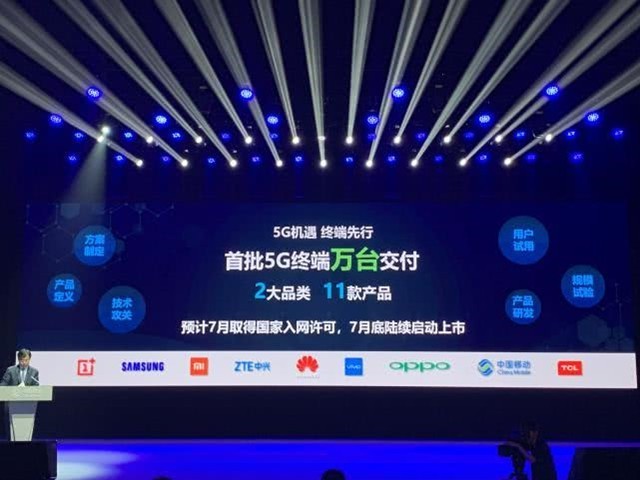
10-30: About 60M units or 20% of Samsung’s handset shipments in 2020 will be manufactured by China-based ODMs; Xiaomi and Ericsson have signed a global patent license agreement at the Delhi High Court in India; etc.
Chipsets
The chief 5G scientist of OPPO Henry Tang has revealed that OPPO is launching a 5G smartphone using Qualcomm’s dual-mode 5G mobile platform by end of 2019 and support both standalone (SA) and non-standalone (NSA) networks. (GizChina, Live Mint, The Mobile Indian, My Drivers)
TSMC announced the construction of the world’s first 3nm wafer fab in the Southern Science and Technology Park in Taiwan two years ago. Now, the manufacturer has begun building its next-generation plant on its recently acquired 30-hectare site, preparing for large-scale production of 3nm wafers, and the estimated cost of construction projects and equipment is USD19.5B. It is expected that the fab will be up and running, and mass production of 3nm parts will be completed by the end of 2022 or early 2023. (CN Beta, China Times, TSMC, Digitimes, press, Money DJ, Sohu)
LG Electronics has announced that it will collaborate with Qualcomm Technologies on the development of its infotainment ‘WebOS Auto’ platform for use in commercial vehicles. The system will allow for connected cars to provide a vast range of entertainment and safety features. (Neowin, LG, CN Beta)
Touch Display
Samsung has shown off an unannounced foldable device concept, which features two separate displays in a clamshell design. Instead of folding horizontally, this new device folds vertically like a flip phone. (Android Authority, IT Home)
Xiaomi has been granted a patent from CNIPA for a vertical folding smartphone with dual front cameras. The rear view of the device reveals a setup of dual cameras and secondary display. (Android Headlines, Tiger Mobiles)
Apple’s patent titled “Touch surface for simulating materials” suggests ways that a surface could be altered to give a variety of sensations that somewhat mimic that of different textures. The patent suggests the use of actuators, temperature control devices, and a main control unit that manages the use of both types of feedback generators over a specific portion of a touch surface. (Apple Insider, USPTO)
Sharp has patented a wide variety of foldable smartphones. The first device in the list has a clamshell design with negligible bezels. The second device features a wide notch to accommodate the earpiece receiver. The third device features a wide slot to insert a debit / credit card. The forth device looks like a combination of a fitness band and smartphone. (CN Beta, Gizmo China, LetsGoDigital, Android Headlines)
Sanan Optoelectronics plans to kick off production of 6” micro LED wafers later in 4Q19, according to Digitimes. Sanan has developed micro LEDs sized 10×20 microns and expects to further reduce the size in 2020. Sanan is setting up a mini/micro LED R&D and production base in central China with a budget of CNY12B (USD1.7B). The base is planned to have annual production capacity of 1.61M GaN epitaxial wafers and 750,000 GaAs wafers. (Digitimes, press, Digitimes)
Camera
Essential’s patent titled “Optical sensors disposed beneath the display of an electronic device” states that the upper portion of the display will have a variable transparency area. This should be for the camera and should be active when the camera needs to be used. (Gizmo China, LetsGoDigital, Android Headlines, CN Beta)
Harvard has created a more efficient depth sensor by taking cues from jumping spiders, which can pounce several times the length of their bodies to land on unsuspecting flies. The “metalens” created detects an incoming image as two similar ones with different amounts of blur, like the spider’s eye does. (Engadget, CN Beta, TechCrunch, Harvard)
Biometrics
Google Pay is adding support for Android 10’s new biometrics API so users can use fingerprint or face to authenticate transactions. The update adds an option to use biometrics for authentication in the “Sending money settings”. (Phone Arena, Android Police, Wanjiquan)
Battery
Deakin University has indicated that a solar panel might last 15~25 years, according to the team behind the new research, and while the majority of it is glass, metal and plastic, the silicon inside is not so easy to extract and re-use. They have come up with a way of not just extracting it for re-use, but have also demonstrated its potential as a high-energy battery anode. They make use of the electron-shifting abilities of the discarded silicon and gives it a new lease on life. The silicon material currently costs around AUD44,000 per kg (USD30,000 per 2.2lb). (CN Beta, New Atlas, Deakin University)
Phone
Samsung is expected to give more handset orders to its ODM production partners in China in 2020. About 60M units or 20% of Samsung’s handset shipments in 2020 will be manufactured by China-based ODMs, as compared to 30M-40M units or 10% seen a year earlier. Those handsets are believed to be mid-to-low Galaxy M and A series. (Gizmo China, Digitimes, press, Moore)
Xiaomi and Ericsson have signed a global patent license agreement at the Delhi High Court in India. The patent litigation of Xiaomi and Ericsson has come to an end. Patent litigation of Ericsson and Xiaomi dates back to 2014. (GizChina, IAM-Media, IT Home)
China Mobile has announced that China Mobile plans to launch a 5G mobile phone of CNY1000 range before the end of 2020, and the price can be in the range of CNY1000-2000. By the end of Sept 2019, there are more than 18 models of 5G mobile phones, but the price is starting from CNY3798. (CN Beta, QQ, ZOL)
Apple has reportedly set lofty sales goals for the 2020 iPhone launch, and the company’s market power could spur more and faster 5G rollouts. Apple plans on shipping around 80M new 5G iPhones. All three of the new 2020 iPhones will carry the most advanced 5G modem chip, Qualcomm Snapdragon X55. (Apple Insider, Asia Nikkei, CN Beta)
Wearables
Moto 360 smartwatch is announced, features Qualcomm Snapdragon Wear 3100 platform with 1GB RAM and 8GB storage, 1.2” 360×360 circular OLED touch display, GPS and NFC built-in, supports heart rate monitor and priced at USD350. (CN Beta, GSM Arena, Moto 360)
Augmented / Virtual Reality
FundamentalVR has raised USD5.6M in funding for its virtual reality medical training and data analysis platform. The funding included a USD643,000 convertible loan note that was converted into an investment. (VentureBeat, Upload VR)
Home
Samsung Electronics has announced that it would open its smart TV platform, Tizen TV, to third-party manufacturers. The Global Head of Smart TV Business Development has revealed that over 100M TVs currently support Tizen. (Android Central, CN Beta, TechRadar)
Samsung has announced that SmartThings, the company’s internet of things (IoT) platform, now has over 45M monthly active users and works with more than 5,000 devices from 100 different manufacturers. (VentureBeat, Samsung)
Automotive
Waymo has expanded its business relationship with automotive retail company AutoNation. The new extension builds on the existing partnership between both companies, which has begun as a way for Waymo to service its Phoenix, Ariz.-based vehicles. (TechCrunch, Auto News, PR Newswire)
Tactile Mobility, a tactile virtual sensing and data company headquartered in Haifa, Israel, has announced that it has secured USD9M in funding from Porsche, Union Tech Ventures (the technology investment arm of the Union Group), and previous investors. (VentureBeat, Porsche, Gasgoo)
Artificial Intelligence
Element AI, a developer of artificial intelligence-powered (AI) services and software that help ‘operationalize AI’, has announced a strategic partnership with Mozilla. Element AI and Mozilla will immediately begin collaborating to explore data trusts, a promising tool that will give citizens and consumers more control—and greater social return—over the use of their personal information. (CN Beta, ZDNet, TNW, Element AI)

